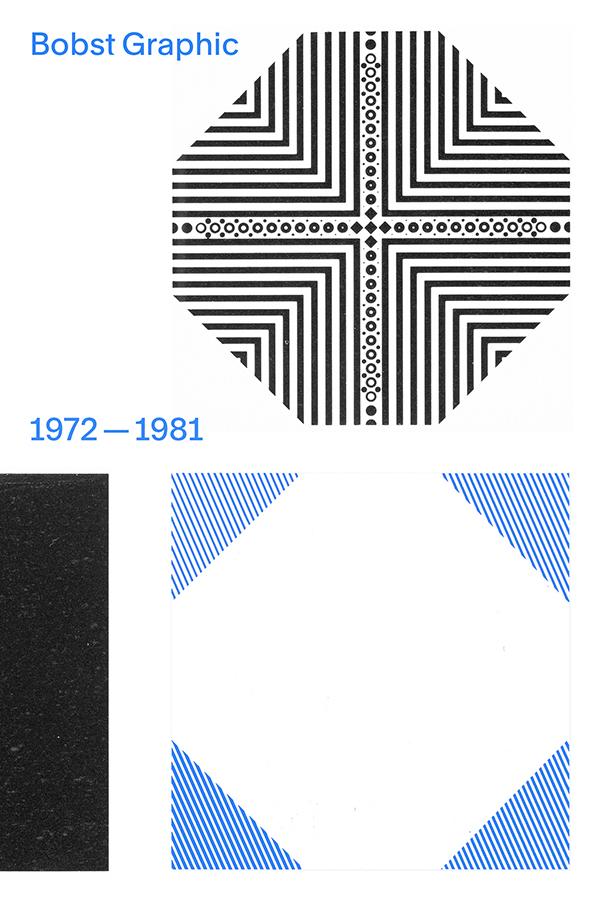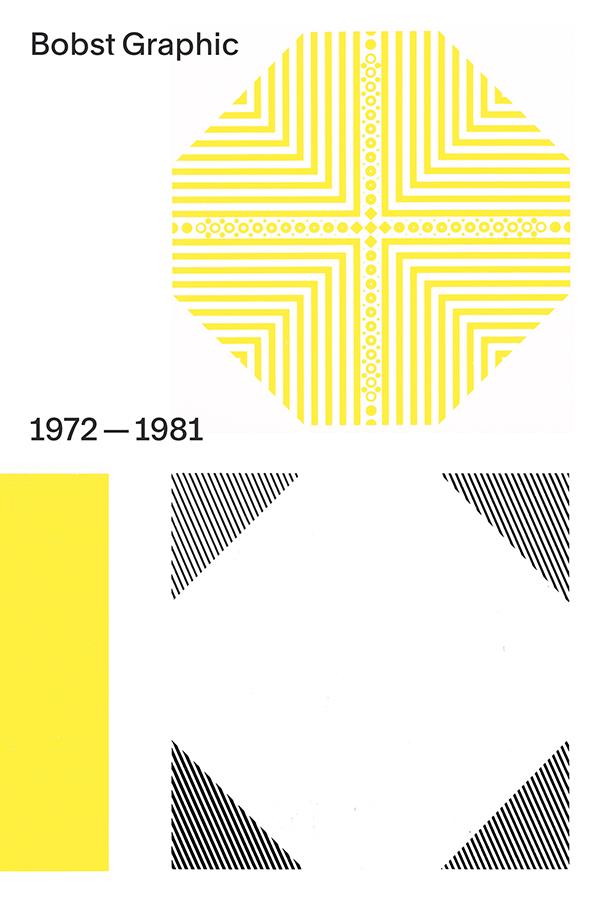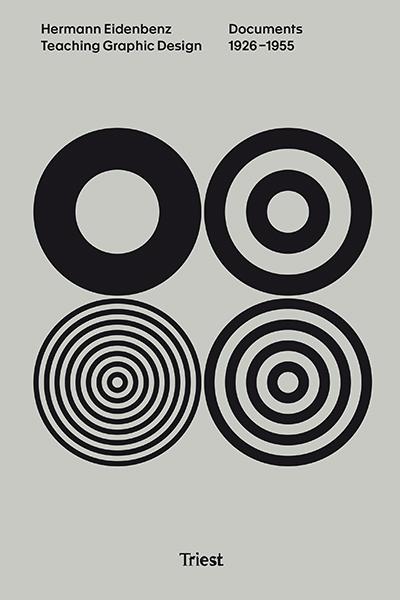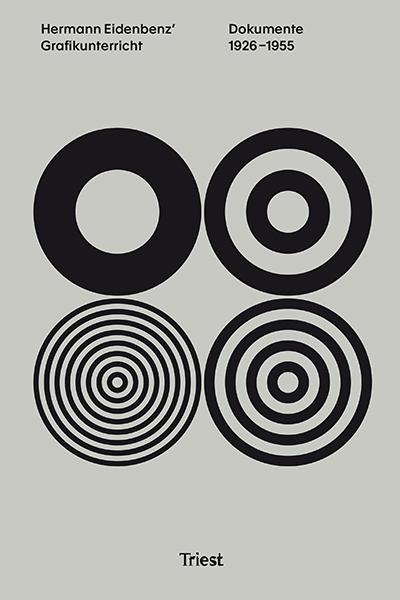Davide Fornari, Davide Turrini (eds.)
Identità Olivetti
Spazi e linguaggi 1933–1983
Book design: Federico Barbon
Edizione italiana / Italian edition
400 pagine, ca. 230 illustrazioni
16 x 24 cm, copertina flessibile con alette
Euro (D) 39.–, Euro (A) 40.–
A disposizione / available
ISBN
978-3-03863-061-6
• Premio ADI Index 2023, Milano
• Negozi, allestimenti di stand e mostre internazionali esemplari
• Attività culturali e strumenti pubblicitari di una azienda unica al mondo
Le macchine per scrivere Olivetti, famose in tutto il mondo, rappresentano l’eredità industriale e l’identità visibile di un’azienda che è stata allo stesso tempo innovativa e complessa, materiale e immateriale.
Identità Olivetti. Spazi e linguaggi 1933-1983 presenta i
risultati di questa ricerca per analizzare il fenomeno Olivetti nel suo complesso, prestando particolare attenzione all’evoluzione dell’azienda e alla collaborazione di designer come Xanti
Schawinsky, Carlo Scarpa, Hans von Klier, Ettore Sottsass, Egidio Bonfante e Walter Ballmer, tra gli altri.
La ricerca ha esaminato lo sviluppo dell’identità aziendale Olivetti, dalla fondazione dell’Ufficio Pubblicità nel 1933 all’inaugurazione del padiglione permanente alla Fiera di Hannover nel 1983, considerato come il passo finale di una strategia di corporate identity particolarmente efficace.
Le quattro sezioni che compongono il libro analizzano i negozi e gli allestimenti in occasione di fiere ed esposizioni, nonché i linguaggi che hanno plasmato il vocabolario Olivetti: comunicazione visiva e interaction design, attività culturali e promozionali.
Le testimonianze dei designer Santiago Miranda e George Sowden, insieme a quelle di ex addetti alle vendite e alla formazione Olivetti, sono raccolte nella sezione finale. Due saggi visivi con documenti editi e inediti dell’Archivio Storico Olivetti completano il libro.
About the Editors
Davide Fornari is associate professor at ECAL/Ecole cantonale d`art de Lausanne and Head of the Applied Research and Development department. He has authored, edited and served as art director for a number of publications on design, including Mapping Graphic Design History in Switzerland, Bianca und Blu Monica Bolzoni (2019), Carlo Scarpa: Casa Zentner a Zurigo (2020).
Davide Turrini is associate professor at the Department of Architecture of the University of Ferrara, where he teaches design theory and sustainable design. He has conceived and coordinated research projects on Italian product design and craftmanship. His publications include Giuseppe Terragni. Album 1925 (2018), Creativa produzione. La Toscana e il design italiano 1950–1990 (2015).
With contributions by Alessandra Acocella, Chiara Barbieri, Renata
Bazzani Zveteremich, Paolo Bolpagni, Alessandro Brodini, Alessandro
Chili, Graziella Leyla Ciagà, Alessandro Colizzi, Galileo Dallolio,
Elena Dellapiana, Amparo Fernández Otero, Ali Filippini, Caterina
Cristina Fiorentino, Davide Fornari, Lucia Giorgetti, Josefina González
Cubero, Stefania Landi, Lorenzo Mingardi, Elisabetta Mori, Pier Paolo
Peruccio, Paolo Rebaudengo, Raimonda Riccini, Dario Scodeller, Azalea
Seratoni, Daniela Smalzi, Elena Tinacci, Caterina Toschi, Elisabetta Trincherini,
Marcella Turchetti, Davide Turrini, Denise Ulivieri, Carlo Vinti, Stefano Zagnoni
DOWNLOAD Press Info Olivetti Identities English ›
DOWNLOAD Comunicato stampa Identità Olivetti ›
DOWNLOAD Waschzettel Olivetti Identities Deutsch ›
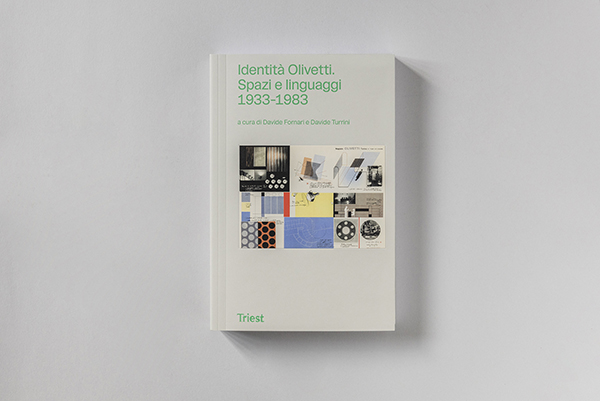

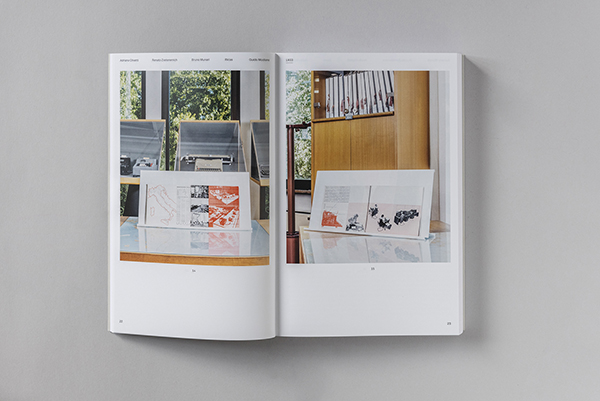

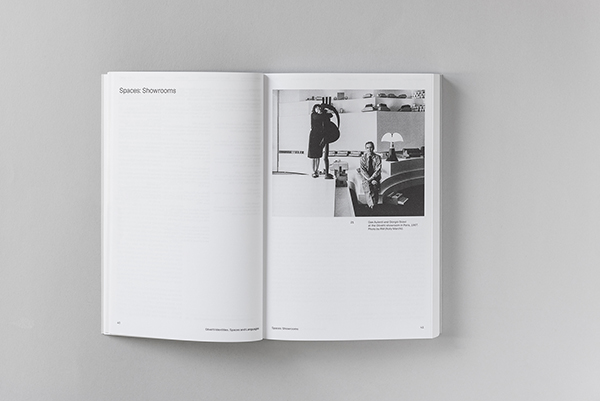
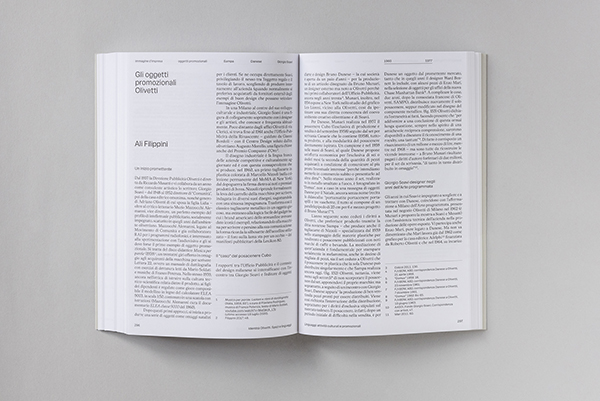
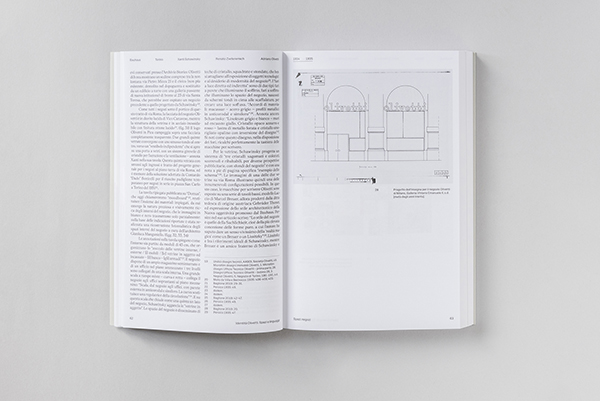
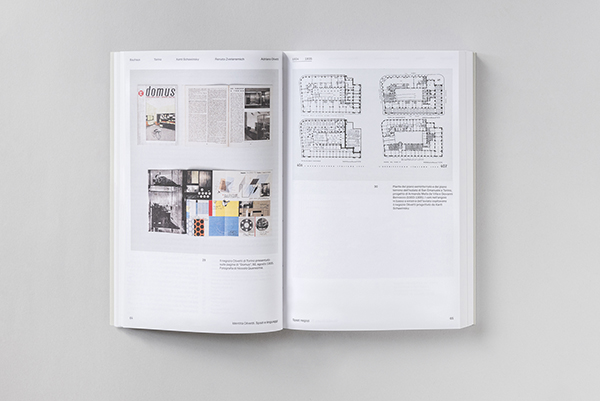
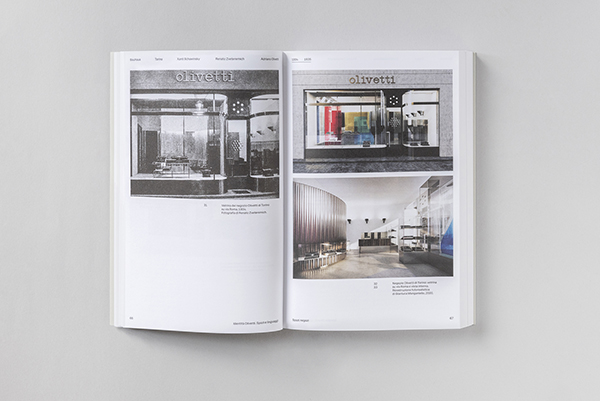
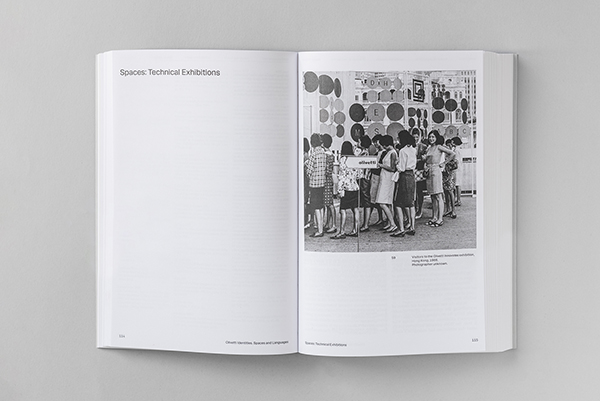
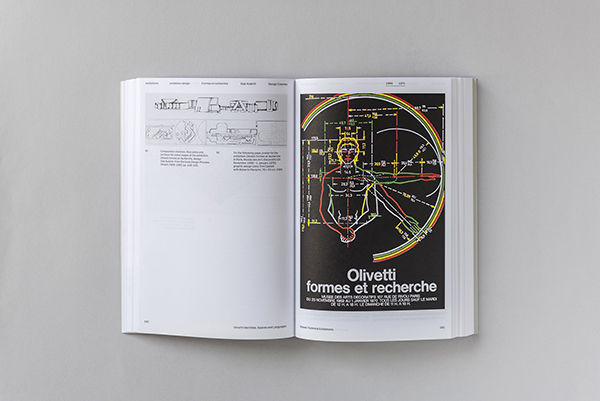
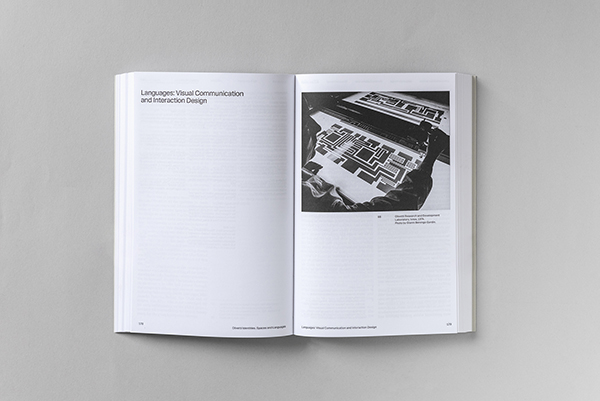
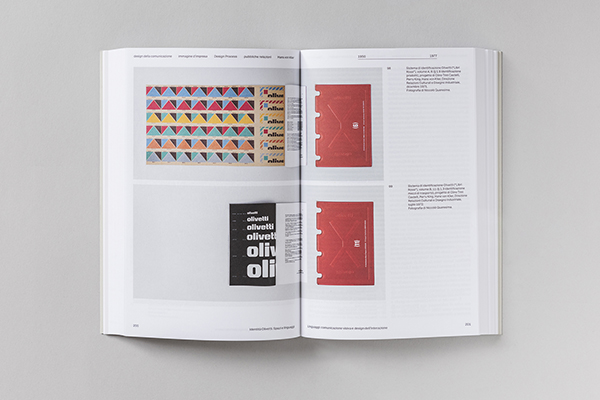
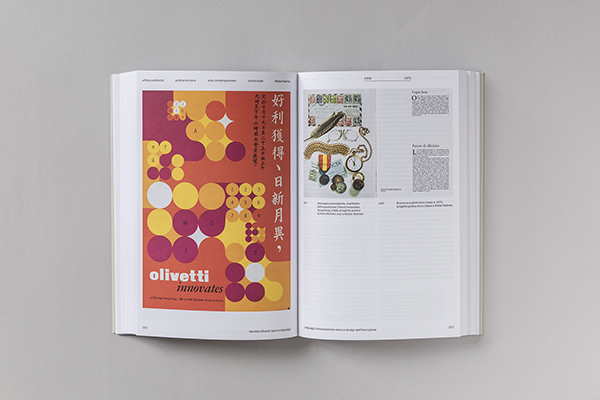
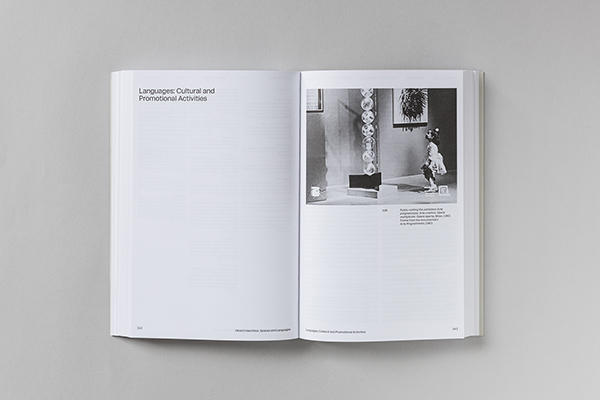
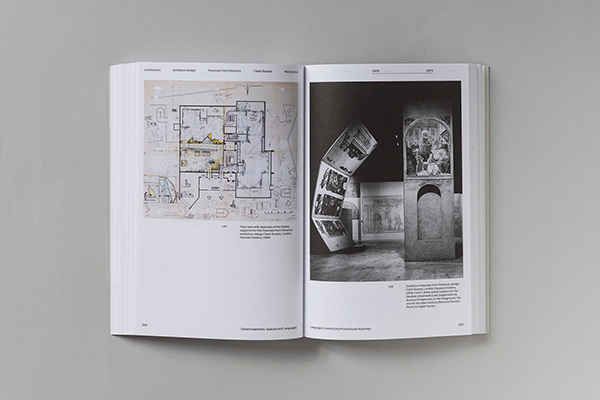
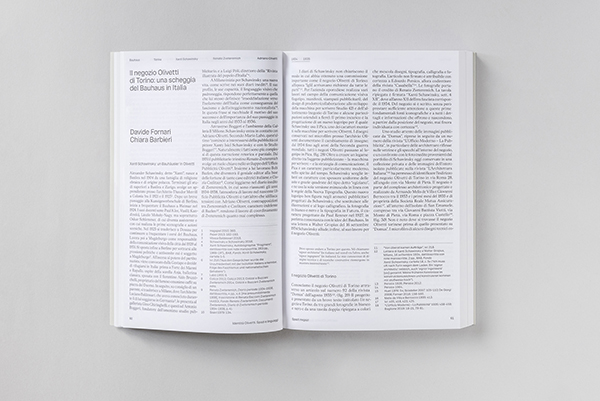
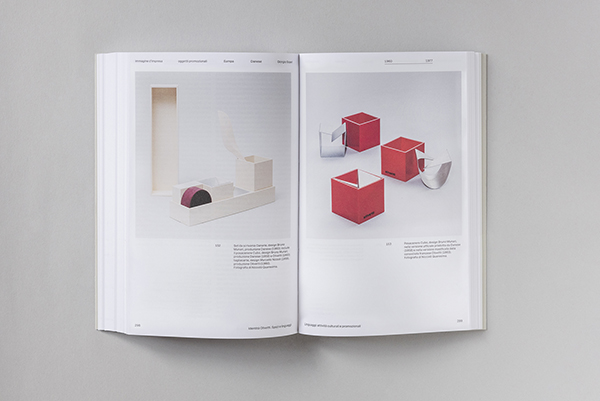
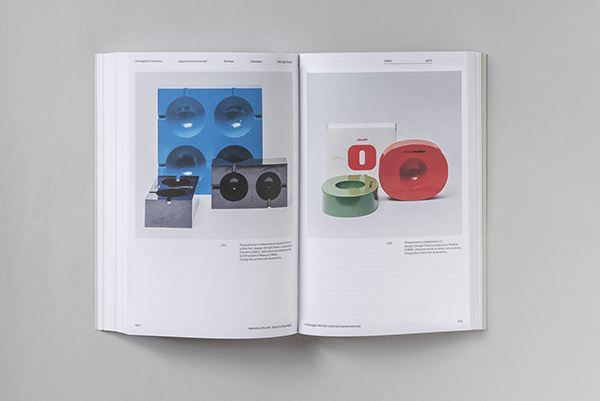
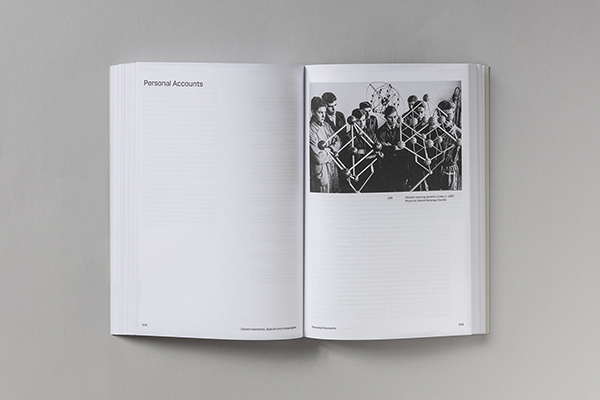
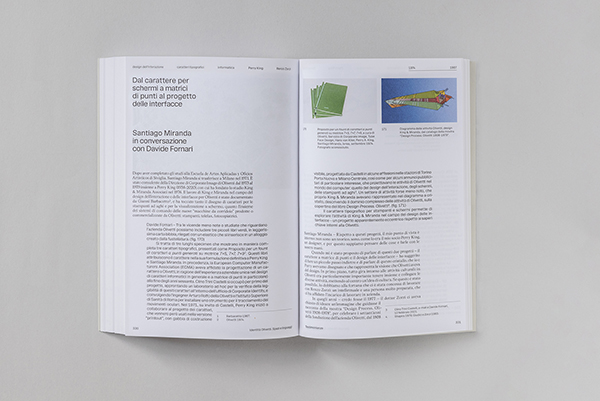
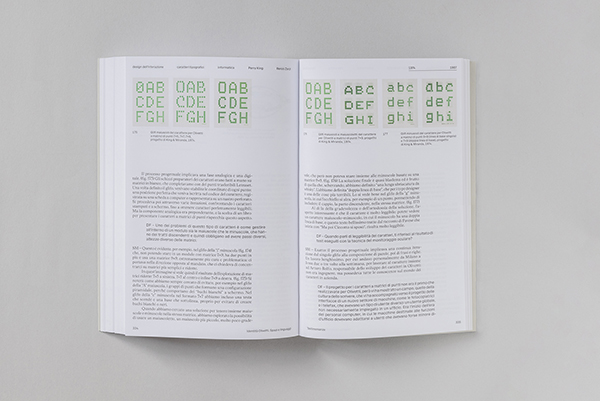
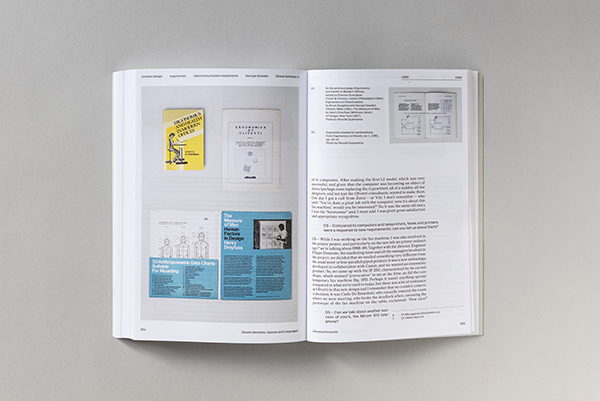
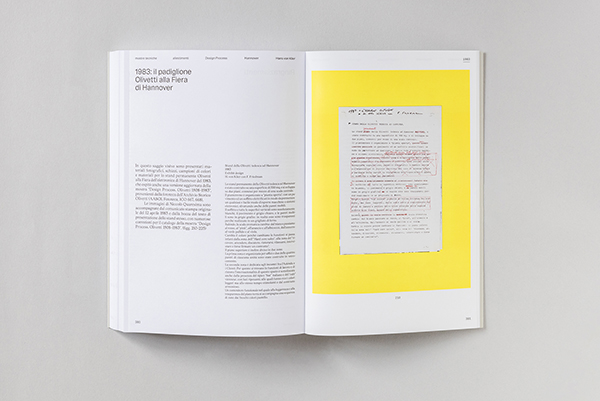
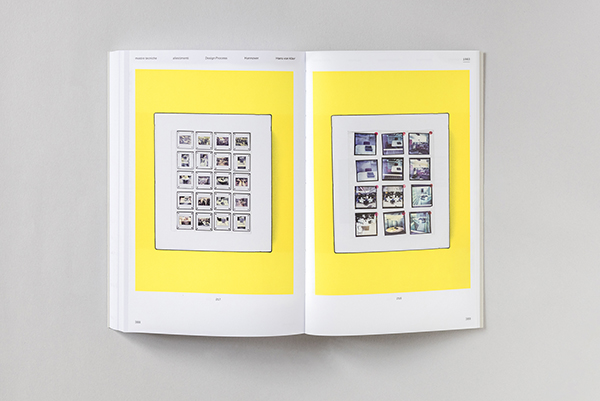
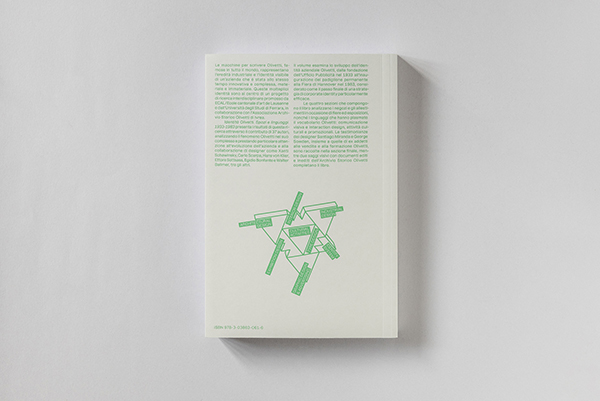
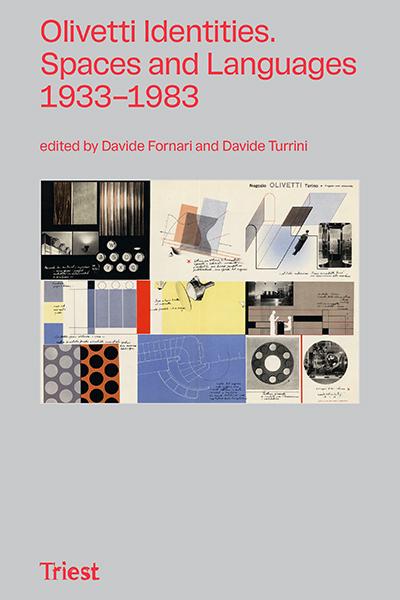
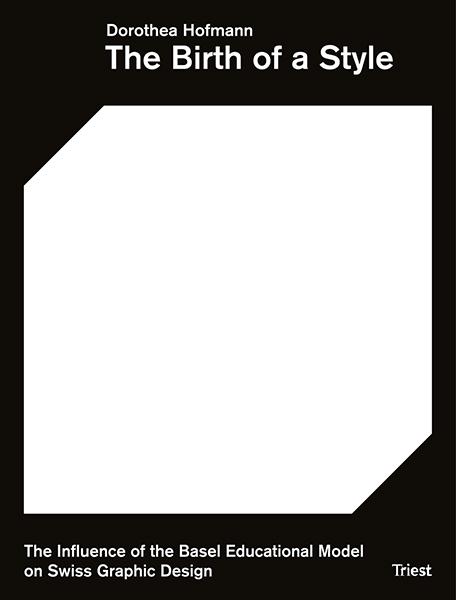
![Die Geburt eines Stils [The Birth of a Style]](/photo/data/978-3-03863-017-3-die-geburt-eines-stils-triest-verlag-design-buch-2110-5.jpg?ts=1734502849)
